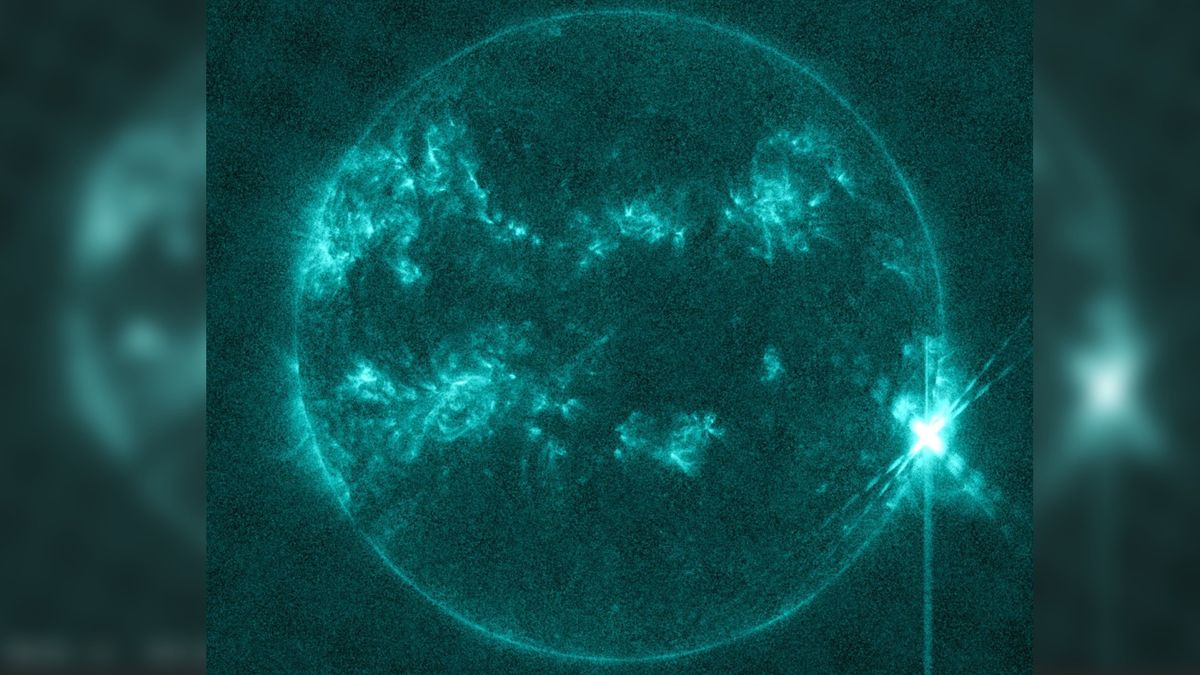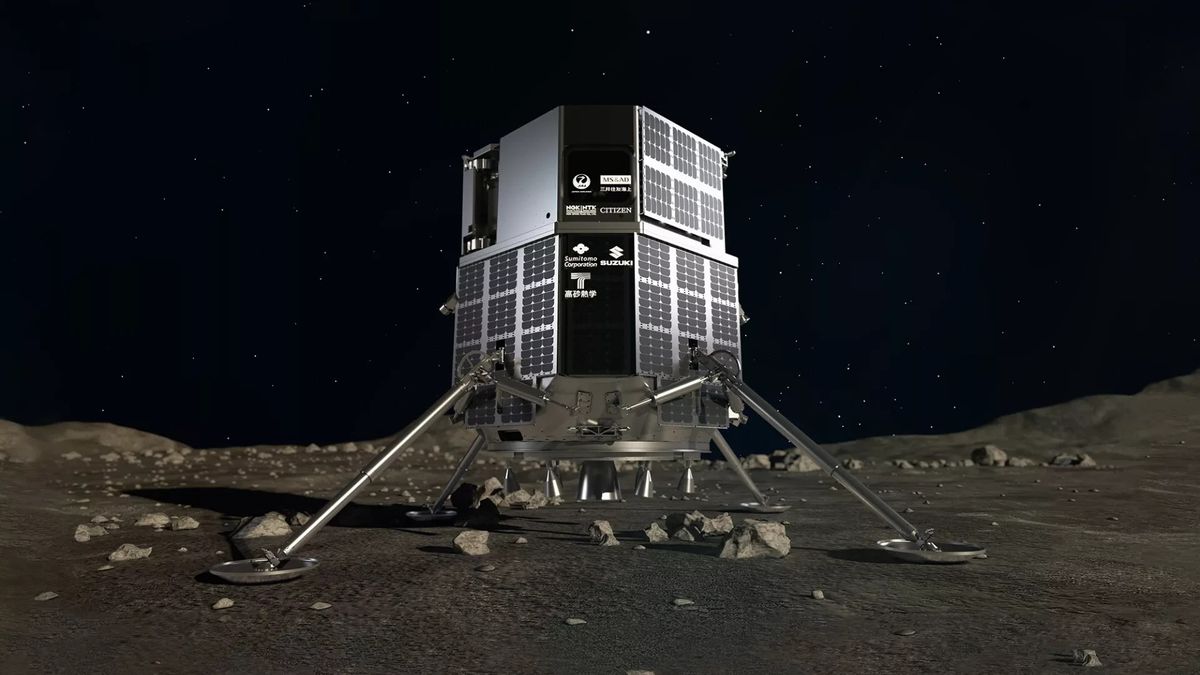Solar Flares and Sunspot AR3664
A significant sunspot on the sun’s surface, designated AR3664, has recently captured the attention of astronomers and enthusiasts alike. This sunspot has been quite active, unleashing a series of solar flares, including several X-class flares, which are the most powerful types of solar flares.
On May 10, AR3664 produced an X5.8-class flare, followed by a trio of X-class flares within the past 12 hours: X1.7, X1.3, and a remarkable X8.7, the largest solar flare observed during the current 11-year solar cycle. According to NOAA’s Space Weather Prediction Center, “Region 3664 produced yet ANOTHER X-ray flare as it moves beyond the Western solar limb!! This time, it was an X8.8 flare, the largest of this solar cycle!”
Solar flares are intense bursts of electromagnetic radiation originating from sunspots on the sun’s surface. They are categorized into various classes based on their size, with X-class flares being the most potent. The recent X8.7-class flare, although massive, is not predicted to result in widespread auroras visible far south due to its location.
Impact and Consequences
While this flare may not lead to extraordinary auroras, there is a possibility of radio blackouts on the sunlit side of Earth. Reports from Australia and Eastern Asia have indicated ongoing radio blackouts, particularly for frequencies below 20 MHz.
As AR3664 rotates towards the western edge of the sun, it establishes a magnetic connection with Earth. This connection facilitates the high-speed transmission of charged particles, protons, via the Parker spiral, resembling a fast-moving transportation system between the sun and our planet.
The sun’s electric currents generate a complex magnetic field that extends into space, creating the interplanetary magnetic field. As the solar wind carries this magnetic field towards Earth, a spiral of charged particles is formed. Upon reaching Earth’s magnetic field, these particles interact with the atmosphere, potentially disrupting shortwave radio transmissions.
If AR3664 continues to release flares in the upcoming days, a polar cap absorption event may occur. Similar events in the past have impacted radio communications, particularly for aircraft flying over the poles.
Conclusion
The recent activities of sunspot AR3664, including the colossal X8.7-class solar flare, demonstrate the dynamic nature of our sun and its influence on space weather. Despite not causing widespread auroras, the potential for radio blackouts and other impacts underscores the significance of monitoring solar activity for various applications on Earth.
Image/Photo credit: source url





